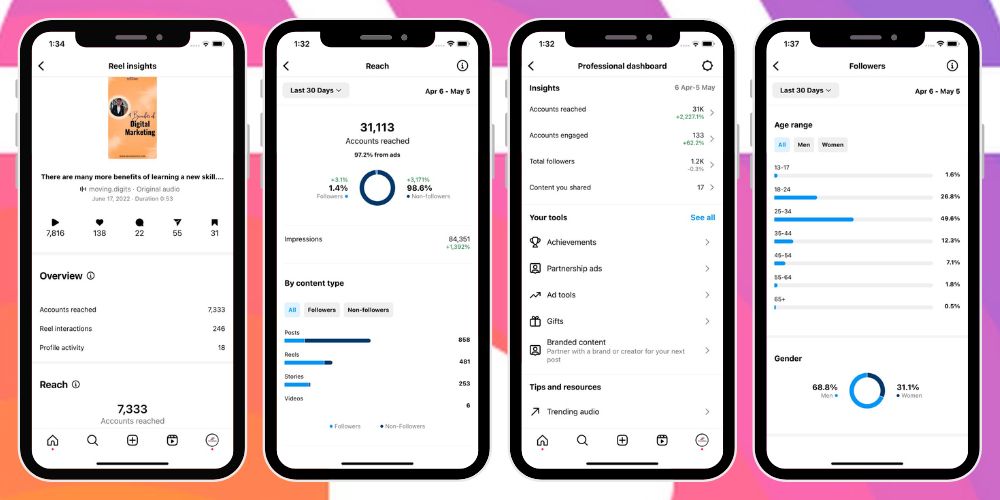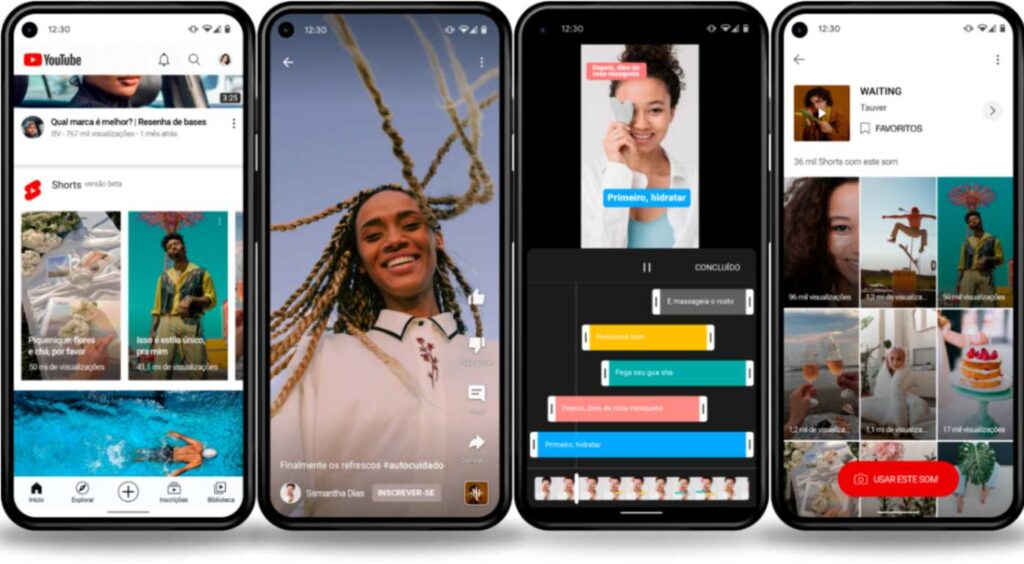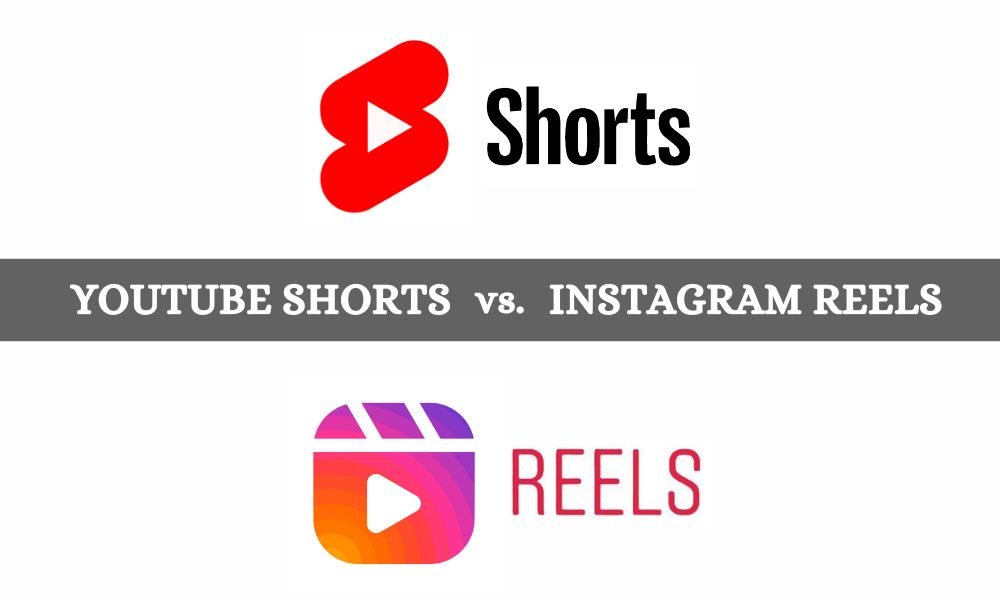In the ever-evolving landscape of social media marketing, short video platforms have emerged as powerful tools for branding and engagement. TikTok was the first social media network to provide users and viewers with short-form video content, but after seeing its success, other platforms quickly adopted a similar feature.
Marketers are always trying new things to make their brand story more effective. Nowadays, they’re really into social media because that’s where most people are active. Short videos have become more popular for brands to connect with their audience.
Understanding YouTube Shorts and Instagram Reels
In the vast world of social media, short videos have become the latest craze. They’re quick, catchy, and perfect for grabbing attention in a fast-paced digital landscape. But when it comes to short video platforms, two heavyweights stand out: YouTube Shorts and Instagram Reels. Both platforms have the same concept but still have different features from one another. As the trend grows, marketers are rapidly adopting these formats into their social media marketing plans. This helps them to create content that is more interesting and relevant for their intended audience while maintaining brand awareness and gaining momentum.

Audience Reach and Demographics
When considering which platform is best for your branding, understanding your target audience, budget, and marketing goals is paramount. YouTube has a larger audience base, and Instagram reels have more popularity. The platform you go with should match your business goals, so you get the most out of your investment and boost your brand’s recognition.
With YouTube Shorts, you may reach a wider audience because the platform’s algorithm actively promotes user-interest-based Shorts content. On the other hand, Instagram Reels may be cross-posted on Facebook by connecting a Facebook account to an Instagram account, making it simple for marketers to reach a wider audience.
YouTube’s user base spans diverse demographics, including both younger and older audiences. On the other hand, the majority of Instagram users are younger, specifically those under the age of 35.
Content Duration and Format
The duration and format of your content play a crucial role in determining which platform suits your branding needs. Users of Instagram Reels were initially only able to upload videos with limited lengths from 15 to 30 seconds. Subsequently, they expanded these restrictions to include 60-second videos and then introduced the option for reel content up to 90 seconds in length.

Discoverability
Integrated into the YouTube app, Shorts benefits from YouTube’s extensive reach and powerful search and recommendation algorithms. With Instagram’s large user base and the Explore page feature, Reels can reach a wide audience through viral engaging content and relevant hashtags.
Brand Integration and Monetization
Brands can seamlessly integrate Shorts into their existing YouTube channel, leveraging their subscriber base and brand identity. Also, YouTube offers various monetization options for creators, including ads, channel memberships, and merchandise shelf integration.
While Reels doesn’t offer direct monetization options like YouTube, brands can still collaborate with influencers and content creators to feature sponsored content or product placements in Reels. Instagram also provides opportunities for brand partnerships and collaborations within the platform’s ecosystem.
Content Format and Features
Shorts allow for short vertical videos with features like music, text, and filters, providing creators with a variety of creative tools to captivate their audience. Reels support short vertical videos with creative tools like AR effects, music, and text overlays, enabling creators to express their creativity and connect with their audience in unique ways.
Analytics and Insights
Analyzing the performance of your content is essential for refining your branding strategy and maximizing your return on investment. YouTube provides comprehensive analytics through YouTube Studio, offering insights into audience demographics, watch time, engagement metrics, and more. This data empowers creators to make informed decisions and optimize their content strategy.
Instagram also offers analytics tools for business accounts, providing valuable insights into reach, impressions, and engagement metrics for Reel content. While Instagram’s analytics may not be as detailed as YouTube’s, they still offer valuable information to gauge the effectiveness of your branding efforts on the platform.
If you’re looking for social media marketing or digital marketing courses for businesses or your career. Look no further than Moving Digits! Our institute and agency offer comprehensive training and services to help you grow online.
Conclusion:
In conclusion, both YouTube Shorts and Instagram Reels offer unique opportunities for brands to engage with their audience through short-form video content. The platform choice depends on factors such as your target audience, branding goals, and content strategy. If your audience aligns with YouTube’s user base and you seek robust analytics and monetization options, YouTube Shorts may be the better fit. Conversely, if your audience is more active on Instagram and you prioritize viral reach and engagement, Instagram Reels could be the preferred platform. Ultimately, brands must experiment with both platforms, analyze performance metrics, and adapt their content strategy accordingly. By remaining flexible and responsive to audience preferences, brands can create compelling content that resonates on either YouTube Shorts or Instagram Reels, driving meaningful results in the evolving landscape of short-form video.









